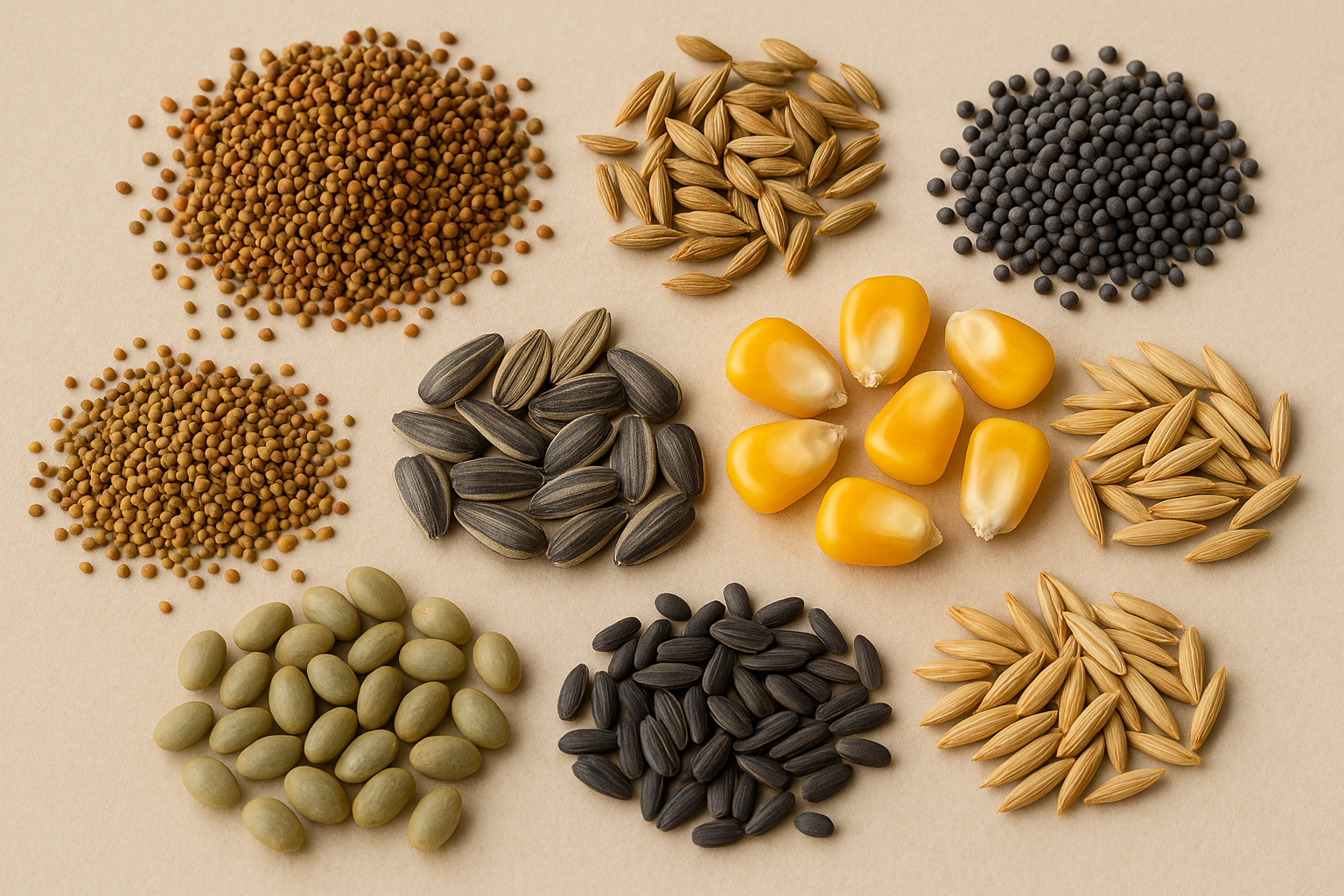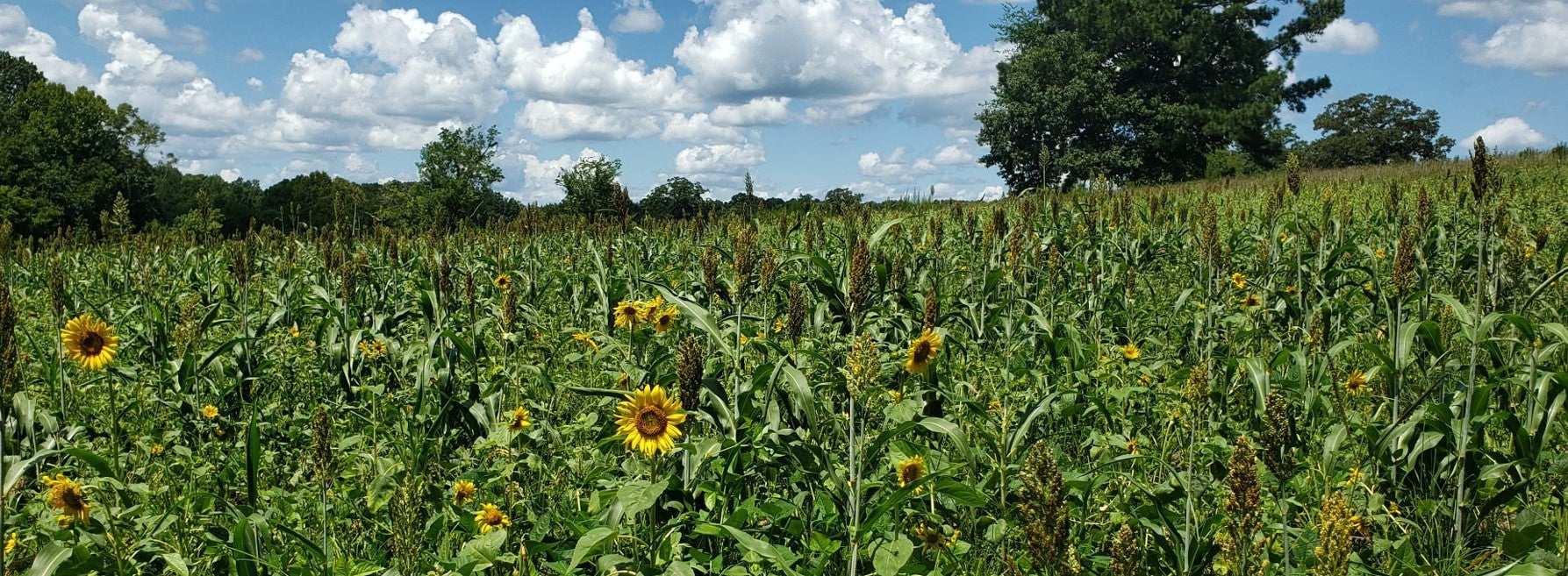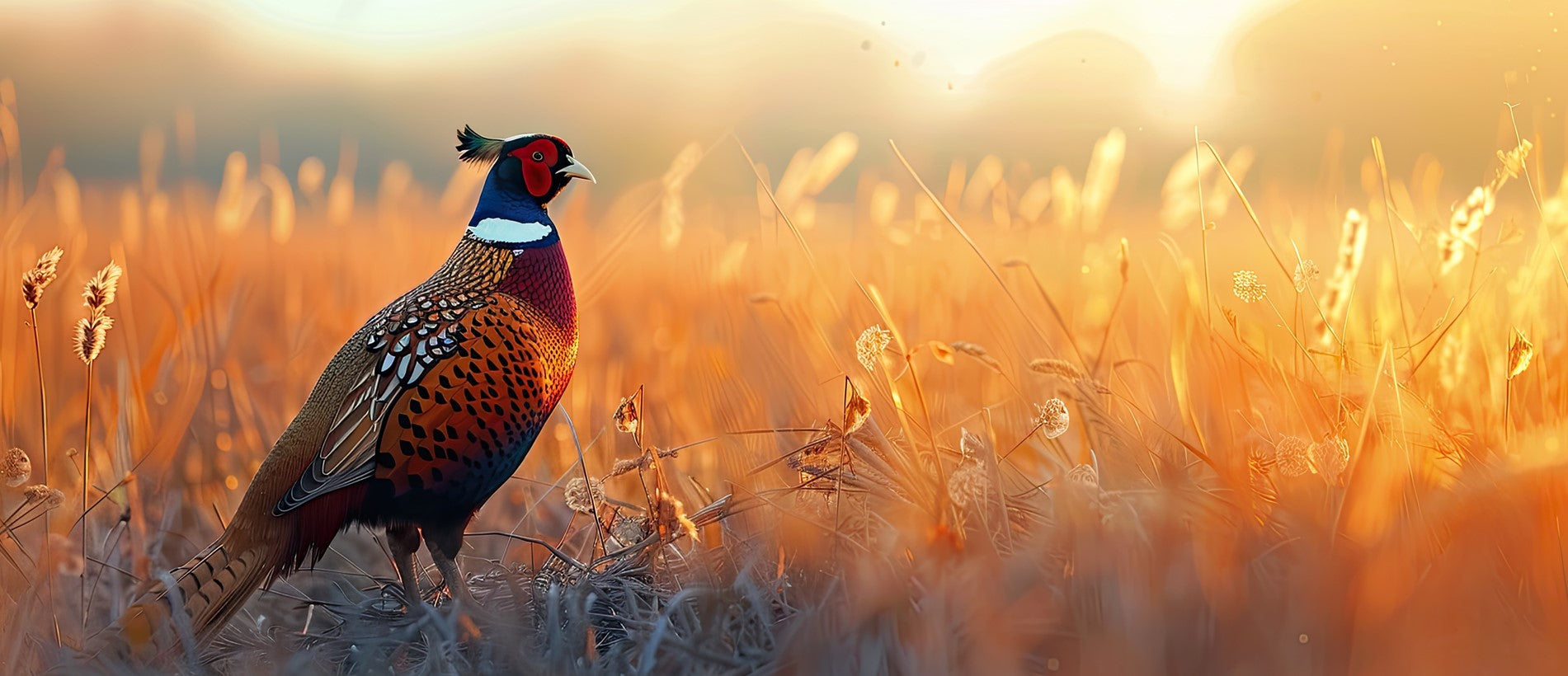What are the Potential Negatives of Supplemental Feeding? - Part V
Potential Negatives of Supplemental Feeding
Although there are many positive aspects to a supplemental feeding program, there are also several potentially negative aspects. Thanks to researchers at the Caesar Kleberg Wildlife Research Institute at Texas A&M University-Kingsville, and cooperating landowners who are funding the research, we now know a lot more about these potentially negative aspects.
Drs. Charlie DeYoung, Tim Fulbright, and David Hewitt initiated a long-term, large-scale supplemental feeding study back in 2003 on two large, private ranches in the western portion of south Texas. This study is still ongoing but since the initiation, nearly a dozen different graduate students have also worked on various aspects of this project. Because this article highlights the most important findings of their research, I first need to describe their overall study design.
Each of the two landowners involved in the study constructed six 200-acre high-fenced enclosures on their ranch. Attempts were then made to stock the enclosures at three different deer densities. Two enclosures were each stocked with 10 deer to represent a “low” deer density (1 deer per 20 acres). Two additional enclosures were each stocked with 25 deer to represent a “medium” deer density (1 deer per 8 acres). Finally, the last two enclosures were each stocked with 40 deer to represent a “high” deer density (1 deer per 5 acres). Trail camera surveys were then conducted annually to monitor the deer density in each enclosure so that deer numbers could be adjusted in order to maintain the targeted densities.
Once the enclosures were built and the deer were stocked, the next step was to install two free-choice feeders near the centers of three of the six enclosures on each ranch. These feeders were placed in one of the two low density enclosures, one of the two medium density enclosures, and one of the two high density enclosures. As a result, there were six different treatments occurring per ranch: (1) low density deer herd with no feed; (2) low density deer herd with feed; (3) medium density deer herd with no feed; (4) medium density deer herd with feed; (5) high density deer herd with no feed; and (6) high density deer herd with feed. A permanent source for water was installed in all six enclosures on each ranch.
Next, permanent transect lines were established within each enclosure to allow for seasonal vegetation sampling. Parameters, such as canopy cover, biomass, and species richness were monitored along these transect lines. Three tame, hand-raised female deer were then permanently stocked within each enclosure (36 tame deer in total) to allow for graduate students to observe the deer eating so that deer diets could be intensely studied and monitored.
Potential Negative Effects on Native Habitat
One concern was supplemental-fed deer may be able to concentrate their browsing on the highest quality native forbs (i.e., broad-leaf weeds). If this occurred, the potential existed for these most preferred plants to be over browsed, risking the elimination of these important plant species from the habitat. The theory was that these deer, because they were supplemental fed, might be able to allocate more time to selecting the highest quality native forages available, while feeding away from the feeder sites. This was suggested because the researchers found in their scientific study, that food plot forages did not replace native forbs in deer diets.
As a result of the above concern, a host of graduate students have now looked at various vegetation responses within the six enclosures on each ranch. Fulbright summarized the results of the initial studies within these enclosures and concluded that browse canopy cover, forb canopy cover, plant biomass, and forb species richness were all similar between fed and non-fed enclosures. In other words, supplemental feeding did not result in a reduction of important native browse plants or forbs.
Fulbright did report however, there were deer density effects on the vegetation. The high deer density enclosures had lower forb species richness and lower forb canopy cover than the low deer density enclosures. Canopy cover of moderately palatable browse plants (i.e., 2nd choice plants) was also lower in the high density enclosures. He reported no differences however, in the canopy cover of highly palatable browse plants (i.e., 1st choice plants) or unpalatable browse plants (i.e., 3rd choice plants). Fulbright concluded increasing deer density impacted the vegetation similarly regardless of whether or not supplemental feed was provided.
Graduate student Garrett Timmons and his co-workers observed tame does feeding in the enclosures each season so their bites on vegetation could be counted. Not surprisingly, supplemental-fed deer consumed less native forage, eating around 1.3 to 1.5 ounces of native vegetation per hour. Non-fed deer on the other hand, consumed around 2.2 to 2.3 ounces per hour. He also reported deer within the low density enclosures consumed an annual diet higher in native forbs than did deer within the high-density enclosures.
Graduate student Eric Grahmann reported a lower density of preferred forbs in enclosures of non-fed deer, with a higher density of these forbs in enclosures where deer had access to supplemental feed. He concluded that supplemental feeding reduced foraging pressure on preferred forbs, the opposite of the initial concerns at the beginning of the project.
In one of the most interesting and high-tech studies to date, graduate student Ryan Darr used stable isotopes and actual bite counts of tame deer to determine non-fed deer consumed a diet lower in digestible protein during the spring. He found no dietary differences during summer, fall, or winter for protein. He also found no seasonal differences at all for metabolizable energy. Darr concluded that supplemental feeding did not increase selective foraging, as measured by diet quality.
No negative impacts of supplemental feeding on native habitat were found in the above-mentioned studies. This is despite the fact that the project is the largest scale, longest running supplemental feeding study ever conducted. Obviously, this is great news for all of those landowners and managers who are providing supplemental feed to their deer herds! Table One summarizes all of the above results by treatment.
Come back next week for the final installment of this series when we discuss the impacts of cost, population control, and diseases when implementing a supplemental feed program.
Table 1. Summary of the enclosure studies on supplemental feed and deer density effects on deer foraging.
Treatment Effects
No feed provided Lower level of digestible protein in spring diet
Higher native forage intake levels (bites of vegetation)
Lower density of preferred forbs found in enclosures
Feed provided Higher level of digestible protein in spring diet
Lower native forage intake levels
Higher density of preferred forbs found in enclosures
No difference in browse canopy cover
No difference in forb canopy cover
No difference in plant biomass
No difference in forb species richness
Do not increase selectivity of foraging
Low deer density Higher forb species richness
Higher forb canopy cover
Higher canopy cover of 2nd choice browse plants
Higher percent forbs in annual diet
High deer density Lower forb species richness
Lower forb canopy cover
No difference in canopy cover of 1st choice browse plants
Lower canopy cover of 2nd choice browse plants
No difference in canopy cover of 3rd choice browse plants
Lower percent forbs in annual diet
Posted by Dr. Mickey W. Hellickson











Leave a comment